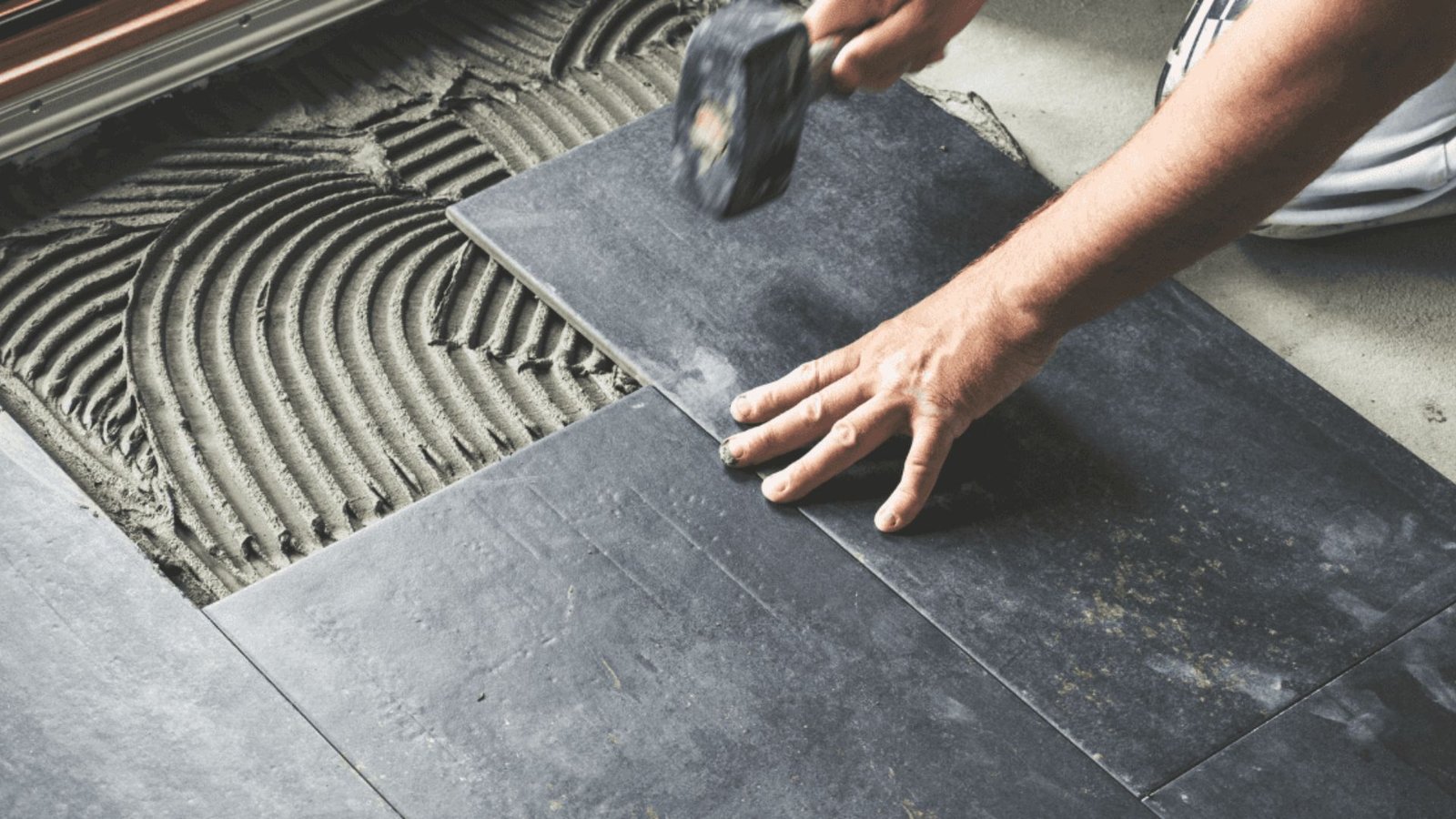Understanding Different Flooring Options:
Hardwood Flooring
Hardwood surfacing exudes timeless elegance and durability. Made from solid wood planks or engineered wood, hardwood floors add warmth and character to any room. They come in a variety of wood species, finishes, and widths, offering versatility in design. With proper care, hardwood floors can last for decades, making them a popular choice among homeowners.
Laminate Flooring
Laminate surfacing offers a budget-friendly alternative to hardwood. Composed of multiple layers fused, laminate flooring mimics the look of wood, tile, or stone. It is highly durable, scratch-resistant, and easy to maintain, making it ideal for high-traffic areas like living rooms and kitchens. Additionally, laminate flooring is available in a wide range of styles and colours, providing endless design possibilities.
Installation Tip: Use underlayment to provide cushioning and reduce noise transmission when installing laminate flooring over concrete or wooden subfloors.
Vinyl Flooring
Vinyl flooring is known for its affordability, water resistance, and versatility. Available in sheets, tiles, or planks, vinyl flooring can mimic the appearance of hardwood, tile, or stone at a fraction of the cost. It is highly resilient to moisture, stains, and scratches, making it suitable for bathrooms, basements, and kitchens. Vinyl flooring is also easy to install, making it a popular choice for DIY enthusiasts.
Installation Tip: Use spacers to ensure consistent grout lines when laying tiles and allow the grout to cure completely before sealing to protect against stains and moisture.
Tile Flooring
Tile surfacing offers durability and versatility, making it suitable for both indoor and outdoor spaces. Available in ceramic, porcelain, or natural stone, tile surfacing comes in various sizes, shapes, and patterns. It is resistant to moisture, stains, and wear, making it ideal for bathrooms, kitchens, and entryways.
Installation Tip: Use spacers to ensure consistent grout lines when laying tiles, and allow the grout to cure completely before sealing to protect against stains and moisture.
Installation Tips for Flooring
Proper Subfloor Preparation
Before installing any floor covering material, ensure that the subfloor is clean, level, and dry. Remove any debris, dust, or existing floor covering materials to create a smooth surface for installation.
Acclimation of Flooring Materials
Allow hardwood, laminate, and vinyl pavement materials to acclimate to the room’s temperature and humidity levels for at least 48 hours before installation. This helps prevent warping, buckling, or gaps after installation.
Follow the Manufacturer’s Instructions
Always follow the manufacturer’s instructions and guidelines for proper installation techniques, tools, and materials. This ensures a successful and long-lasting installation.
Use Quality Underlayment
Invest in quality underlayment materials to provide cushioning, sound insulation, and moisture protection for your floor covering. Choose an underlayment that is suitable for your specific floor covering material and installation method.
Hire Professional Installers
While some floor covering materials are DIY-friendly, complex installations such as hardwood or tile surfacing may require professional expertise. Hire experienced installers to ensure a seamless and professional installation.
Conclusion
Choosing the right floor covering option involves considering factors such as durability, maintenance, budget, and design preferences. Whether you opt for the timeless beauty of hardwood, the affordability of laminate, the versatility of vinyl, or the durability of tile, each flooring option has its unique benefits and considerations. By understanding different surfacing options and following proper installation techniques, you can create a beautiful and functional space that reflects your style and enhances the value of your home.

